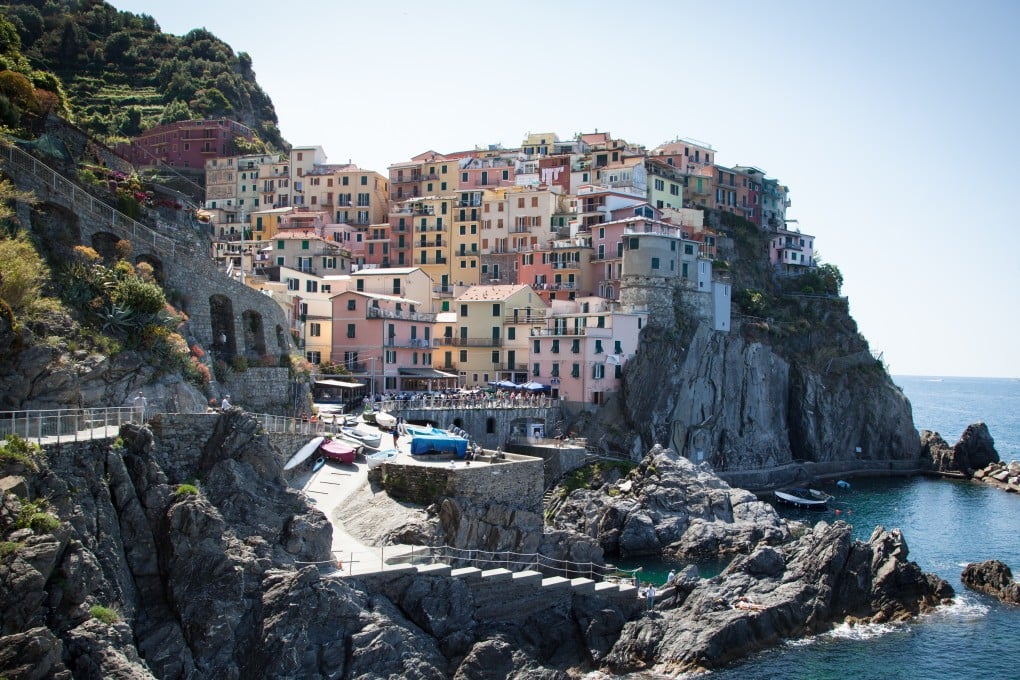The Cinque Terre – five fabulous villages on the Italian Riviera’s rugged, romantic coastline
- The string of pastel-hued picture-postcard villages in Italy’s Liguria region are famous for more than just their facades
- Largely unreachable by roads, a train service links the quaint quintuplet

From China’s Three Kingdoms to the Seven Hills of Rome, prefix any group of kindred landmarks with a number and something magical happens, conjuring up visions of ancient realms cloaked in wonder. While the villages of the Cinque Terre – or the “Five Lands” – are likely less sensational than the Fourteen Flames of Valyria (volcanoes, apparently, in Game of Thrones), they are such clichés of what Italian fishing communities should look like as to appear otherworldly.
Dotted along the Italian Riviera, the sweeping crescent of rugged coastline in Liguria, in the northwest of the country, each seaside settlement is a higgledy-piggledy confusion of houses in weathered apricot, shell pink, marigold and other sunny colours, all nicely contrasting with the Ligurian Sea’s iridescent blue.
Collectively designated a Unesco World Heritage site, the villages are the cobblestoned stuff of chocolate boxes, jigsaw puzzles and screen savers, and Manarola is the most ravishing of the bunch, its jumble of buildings springing from anthracite-grey rock and cascading down a steep cliff face as if in a proto-cubist Cézanne painting.
However, our exploration of the Cinque Terre begins not in Manarola but in La Spezia, the naval town a few kilometres to the southeast. Listed in order from La Spezia, the villages are Riomaggiore, Manarola, Corniglia, Vernazza and Monterosso al Mare, and each has its own personality and pull for the outdoors enthusiast, the foodie and the beach bum.
There is no vehicular access to quattro of the cinque (coaches can drop off within walking distance). The centuries-tested way of travel between the settlements is by foot along hillside trails that snake through gnarly vineyards and terraced lemon and olive groves, all bound by drystone walls.
